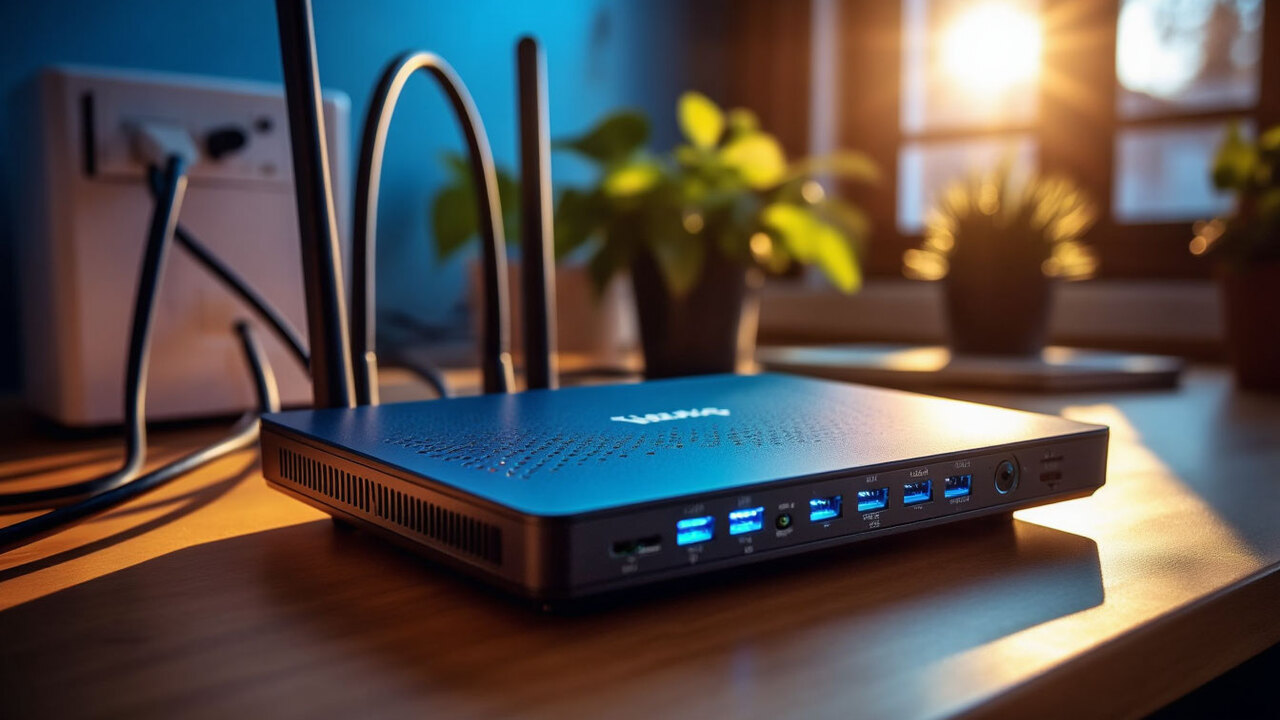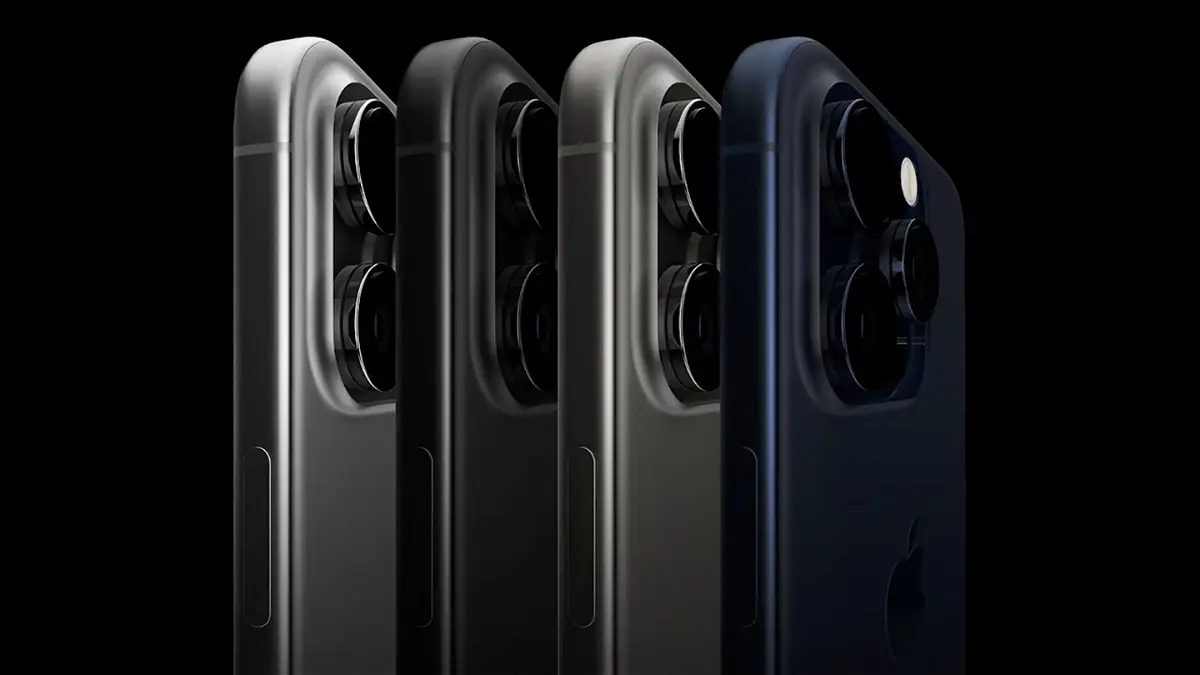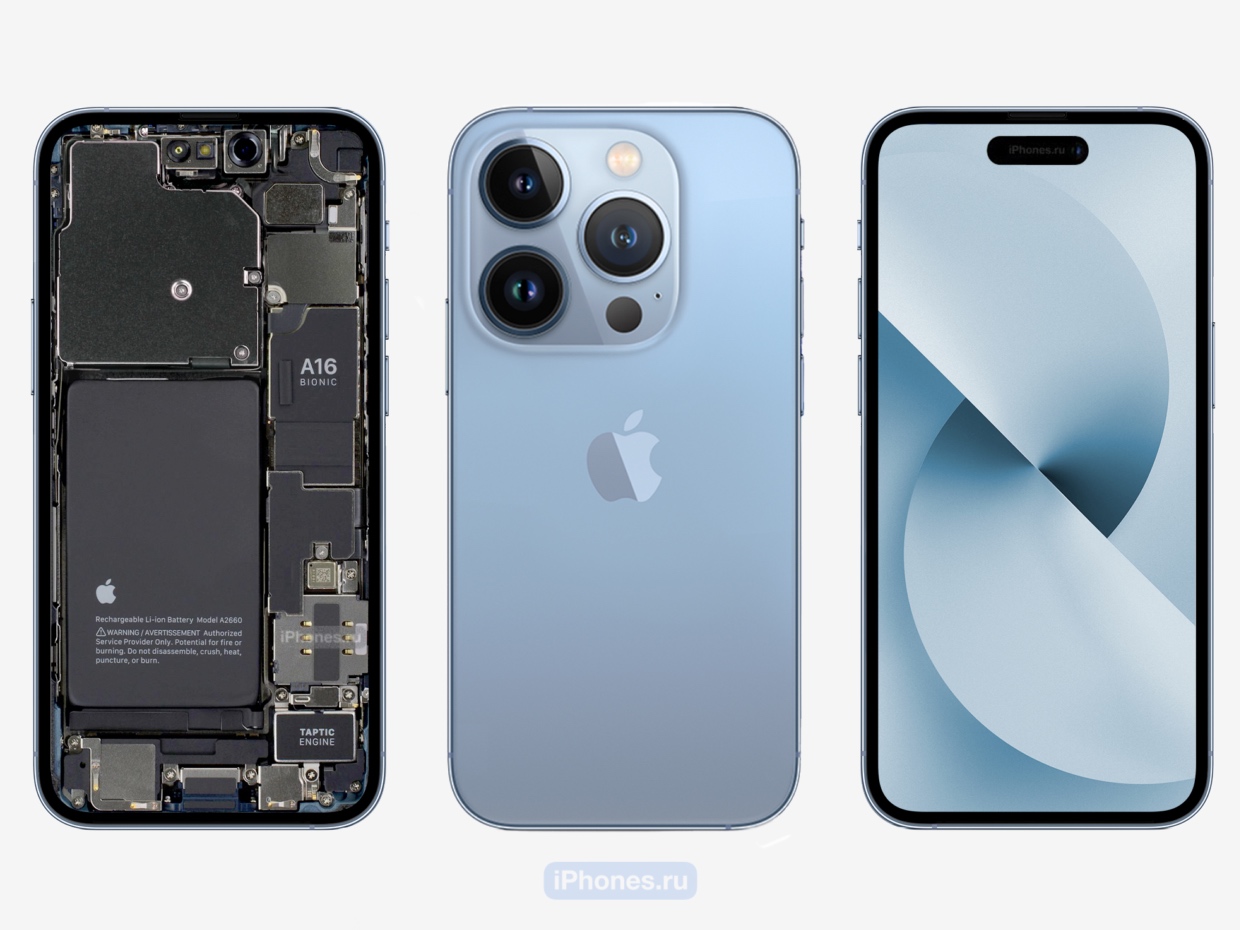Wi-Fi 8 will use the same three bands as Wi-Fi 7 – 2.4 GHz, 5 GHz and 6 GHz, and also retains 4096 QAM and 320 MHz channel width. The main goal of the new standard will be to increase the reliability and stability of the connection in real conditions. The maximum theoretical speed will remain at 46 Gbps, but actual data transfer speeds for compatible devices are expected to increase by up to 25%.
Wi-Fi 8 will introduce new technologies that increase performance. These include Coordinated Spatial Reuse to optimize the signal between devices, Coordinated Beamforming to coordinate beamforming, Dynamic Subchannel Operation to distribute subchannels. These features can help reduce interference in busy urban environments, improve performance in weak signal conditions, and reduce dropouts when moving between coverage areas.
Source: Ferra
I am a professional journalist and content creator with extensive experience writing for news websites. I currently work as an author at Gadget Onus, where I specialize in covering hot news topics. My written pieces have been published on some of the biggest media outlets around the world, including The Guardian and BBC News.










